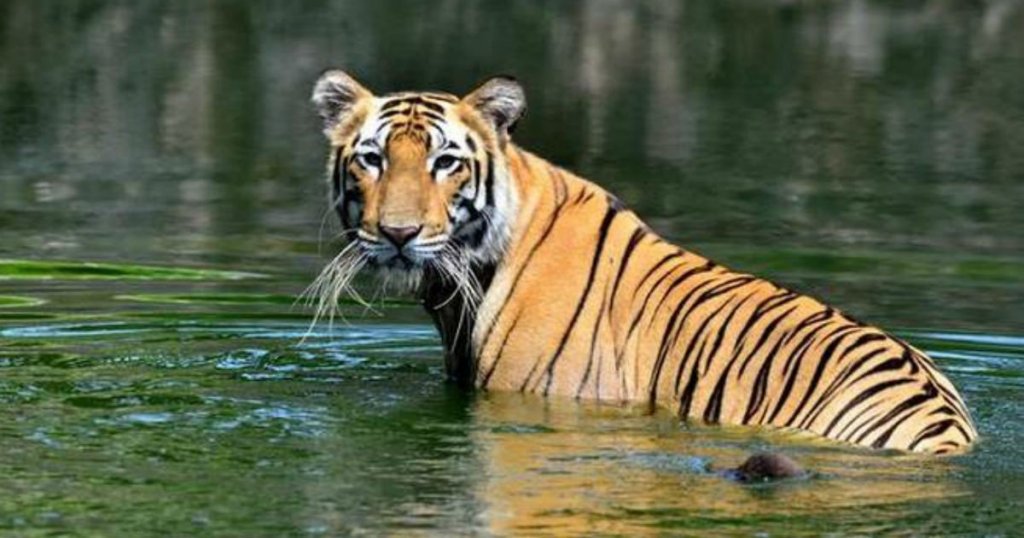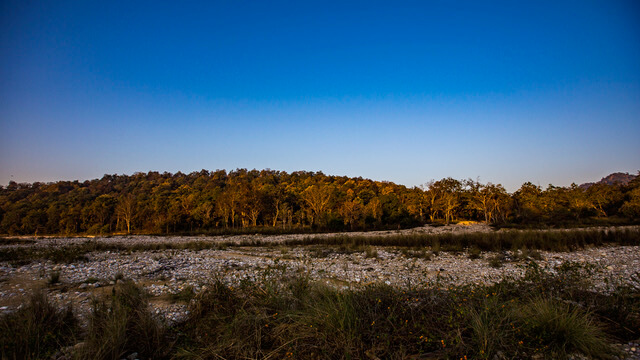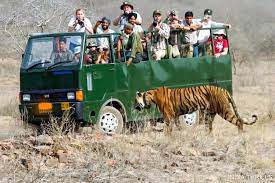The Ecological Significance of Corbett Tiger Reserve’s Wildlife
Corbett Tiger Reserve stands as a sanctuary not only for the iconic Bengal tiger but also for a rich tapestry of biodiversity. Beyond the raw majesty of its feline inhabitants, the reserve plays a vital role in preserving the delicate ecological balance of the region. In this exploration, we uncover the ecological importance of Corbett Tiger Reserve’s wildlife and its ripple effect on the surrounding ecosystems.

- Keystone Species and Biodiversity:
At the heart of Corbett’s ecological symphony is the Bengal tiger, a true keystone species. These apex predators regulate prey populations, preventing overgrazing and promoting a harmonious coexistence between predators and prey.
The reserve’s diverse habitats, from dense forests to sprawling grasslands, contribute to its status as a biodiversity hotspot. A myriad of species, including leopards, elephants, and an extensive variety of avian life, find refuge in this ecological haven.
- Predatory Control for Ecosystem Health:
The role of big cats, particularly tigers and leopards, extends beyond the hunt. Their predatory behavior helps control herbivore populations, preventing unchecked grazing and preserving the integrity of the vegetation.
By selectively targeting weaker individuals, these predators contribute to the overall health and resilience of the prey population, ensuring only the fittest survive.
- Riparian Riches:
Corbett Tiger Reserve is blessed with perennial rivers, giving rise to vibrant riparian ecosystems. These water bodies not only support aquatic life such as the endangered mahseer fish but also influence the surrounding terrestrial habitats.
The delicate balance between riverine and terrestrial ecosystems creates a dynamic landscape where the health of one is intricately tied to the well-being of the other.
- Avian Abundance:
Bird enthusiasts find solace in the rich avian diversity of Corbett. With over 600 species, including migratory wonders, the reserve serves as a haven for birds, playing a crucial role in maintaining ecological equilibrium.
Birds contribute to the ecosystem by dispersing seeds, controlling insect populations, and partaking in essential pollination processes, fostering a cycle of life vital to the reserve’s well-being.
- Sustainable Tourism and Conservation:
Responsible tourism in Corbett not only provides a glimpse into the wild but also supports local communities. The economic benefits derived from eco-tourism contribute to the funding of conservation initiatives.
By fostering an understanding and appreciation for the delicate balance within the reserve, tourism becomes a tool for conservation, ensuring the sustained protection of this ecological treasure.
Conclusion:
Corbett Tiger Reserve wildlife tells a story of interconnectedness, where each species plays a vital role in sustaining the delicate fabric of life. As we marvel at the prowling tigers and the myriad bird species taking flight, it becomes evident that the preservation of this sanctuary is not just about saving individual species. It’s about safeguarding an entire ecosystem, ensuring the harmonious existence of flora and fauna in this enchanting wilderness. Corbett Tiger Reserve stands as a testament to the delicate dance of nature, where every creature, big or small, plays a crucial role in maintaining the ecological symphony that reverberates through its lush landscapes.


